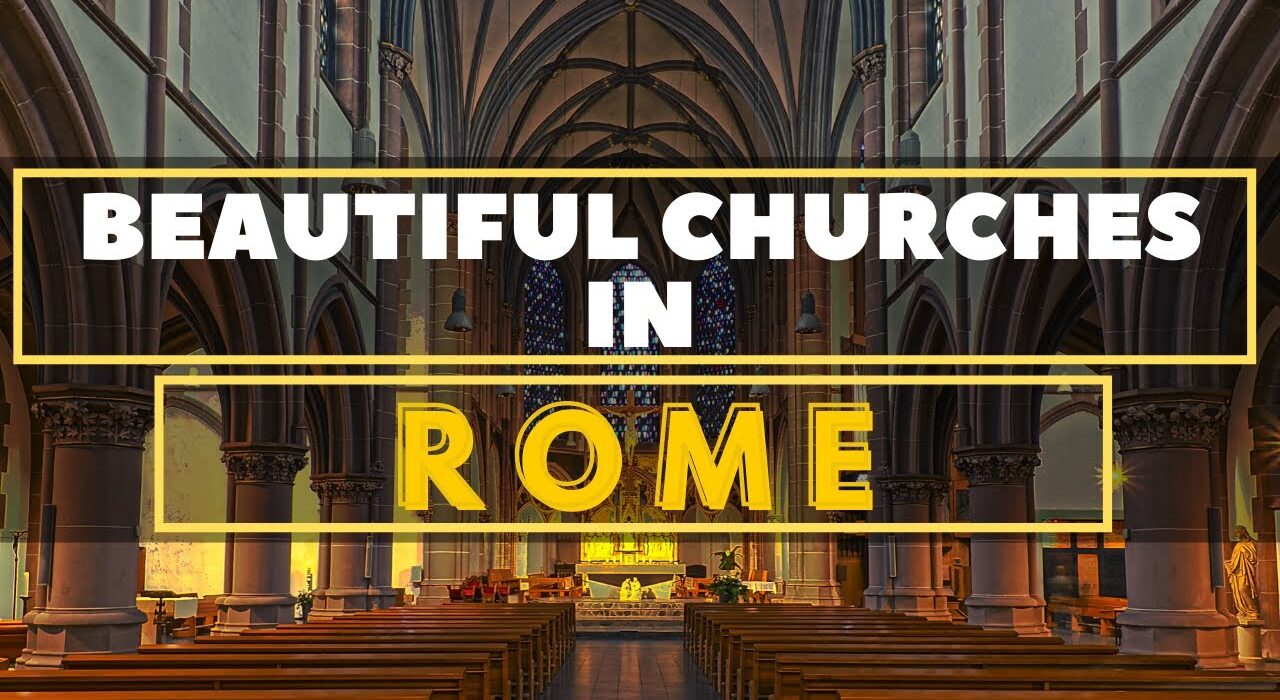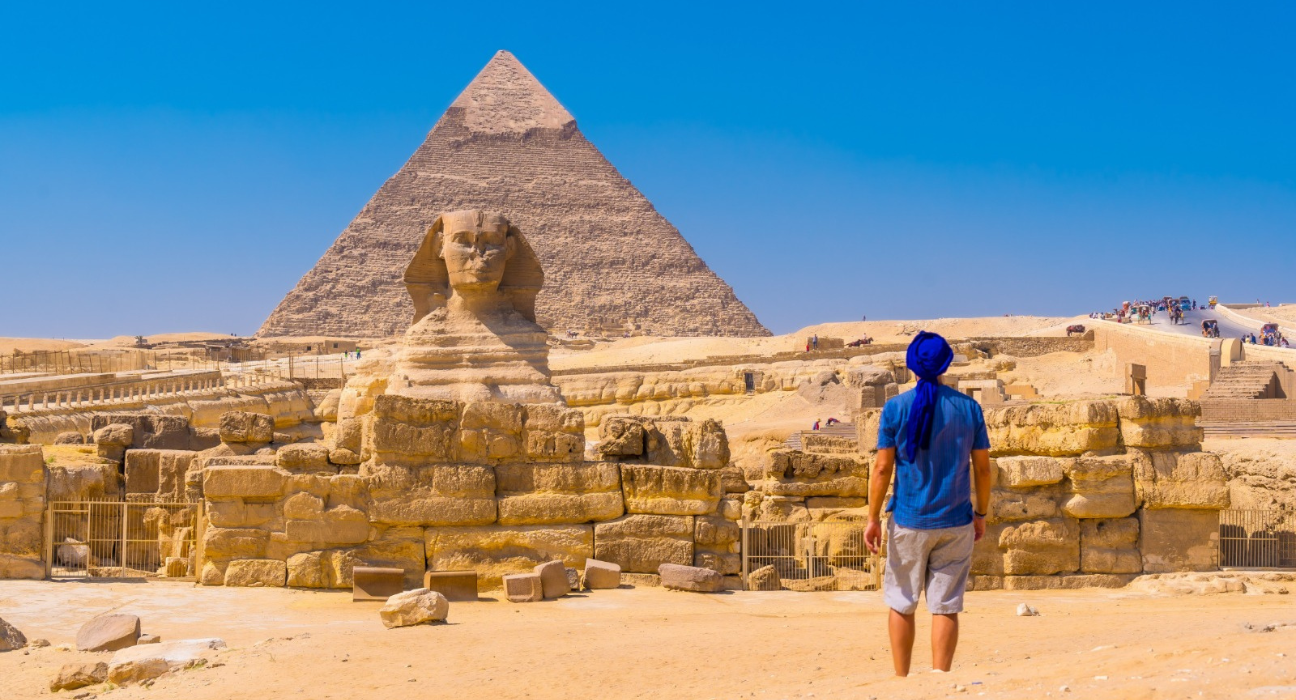8 Most Beautiful Churches in Rome

Rome, the Eternal City, is famous for its rich history, culture, and stunning architecture. Among its most remarkable structures are the churches, each with unique stories, artistic treasures, and architectural splendor. Here are eight of the most beautiful churches in Rome that capture the essence of the city’s grandeur.
Exploring the Most Beautiful Churches in Rome
(1) Basilica of Santa Maria del Popolo:
Located in the Piazza del Popolo, the Basilica of Santa Maria del Popolo is a Renaissance gem. Built in the 11th century and later refurbished by some of the greatest artists of the Renaissance, including Raphael and Bernini, this church is a treasure trove of art and history. Its most notable features include the Chigi Chapel, designed by Raphael and featuring sculptures by Bernini, and the Cerasi Chapel, which houses two masterpieces by Caravaggio.
(2) Santa Maria in Trastevere:
Santa Maria in Trastevere, situated in the charming Trastevere neighborhood, is one of the oldest churches in Rome. It is believed to have been founded in the 3rd century by Pope Callixtus I. As one of the most beautiful churches in Rome, Santa Maria in Trastevere features a stunning 12th-century mosaic on its facade. The interior is adorned with beautiful mosaics by Pietro Cavallini, created in the late 13th century, depicting the life of the Virgin Mary. The church’s serene atmosphere and historical significance make it a must-visit.
(3) Santa Maria Sopra Minerva:
Santa Maria Sopra Minerva, located near the Pantheon, is the only Gothic church in Rome. Built over the ruins of a temple dedicated to the Egyptian goddess Isis, this church features a striking blue ceiling adorned with gold stars. Inside, visitors can admire Michelangelo’s statue of Christ the Redeemer and the tombs of St. Catherine of Siena and Fra Angelico. The church’s unique architecture and artistic treasures make it a captivating destination.
(4) Pantheon Rome:
While the Pantheon is not a traditional church, it has been a Christian basilica since the 7th century, dedicated to St. Mary and the Martyrs. Originally built as a Roman temple, the Pantheon is renowned for its remarkable architecture, particularly its massive dome and central oculus. The interior is adorned with marble and features the tombs of several prominent figures, including the artist Raphael. The Pantheon’s blend of ancient Roman and Christian heritage makes it an extraordinary site.
(5) Basilica of San Clemente:
The Basilica of San Clemente is a fascinating architectural and historical complex. It comprises three layers: a 12th-century basilica, a 4th-century basilica, and a 1st-century Roman house and Mithraic temple. Visitors can explore these layers to witness the evolution of Rome’s religious and architectural history. The church’s stunning apse mosaic and the frescoes in the lower basilica are highlights that showcase the artistic heritage of different eras.
(6) San Giovanni in Laterano:
San Giovanni in Laterano, also known as the Archbasilica of St. John Lateran, is the cathedral church of Rome and the official ecclesiastical seat of the Pope. This majestic basilica is the oldest public church in the city, founded by Emperor Constantine in the 4th century. Its grand facade, adorned with statues of Christ and the Apostles, and its opulent interior, featuring stunning frescoes, mosaics, and the magnificent Lateran Baptistery, reflect its importance and historical significance.
(7) Basilica di Santa Maria Maggiore:
The Basilica di Santa Maria Maggiore is one of the largest and most important Marian churches in Rome. Founded in the 5th century, this basilica is renowned for its stunning mosaics, dating back to its early years. The triumphal arch mosaics depict scenes from the life of Christ, while the nave mosaics illustrate stories from the Old Testament. The basilica also houses the beautiful Borghese Chapel and the tomb of Gian Lorenzo Bernini, one of Italy’s greatest sculptors.
(8) St. Peter’s Basilica:
St. Peter’s Basilica, located in Vatican City, is arguably the most famous church in the world. As the spiritual center of the Roman Catholic Church and the burial site of St. Peter, one of the twelve apostles of Jesus, it holds immense religious significance. Renowned architects like Bramante, Michelangelo, and Bernini began constructing the basilica in 1506 and completed it in 1626. St. Peter’s Basilica is an architectural masterpiece, featuring a magnificent dome designed by Michelangelo, which dominates the skyline of Rome. The interior features numerous artworks, including Michelangelo’s Pietà, Bernini’s Baldachin, and the ornate Altar of the Chair of St. Peter. The grand nave, stunning mosaics, and breathtaking sculptures make St. Peter’s Basilica a symbol of religious devotion and artistic achievement.
Conclusion: The Most Beautiful Churches in Rome
Rome’s churches are not merely places of worship; they are repositories of art, history, and culture. Each of these eight beautiful churches offers a unique glimpse into Rome’s rich heritage. Whether you’re an art lover, history enthusiast, or spiritual seeker, these stunning churches provide a profound experience that captures the essence of Rome’s timeless beauty.
For digital marketing services, to increase sales online or offline, visit: www.aimglobal.digital
Don’t forget to like and subscribe to our channel 👍🏻https://www.youtube.com/channel/UCLZH24w585nNUIKaVmJcAXA
Connect With Us On :
📸Instagram: https://instagram.com/united_netizens?igshid=1enf1ddklt8rb
🌐Facebook: https://www.facebook.com/UnitedNetizens
🎯Pinterest: https://in.pinterest.com/unitednetizens/_created/









